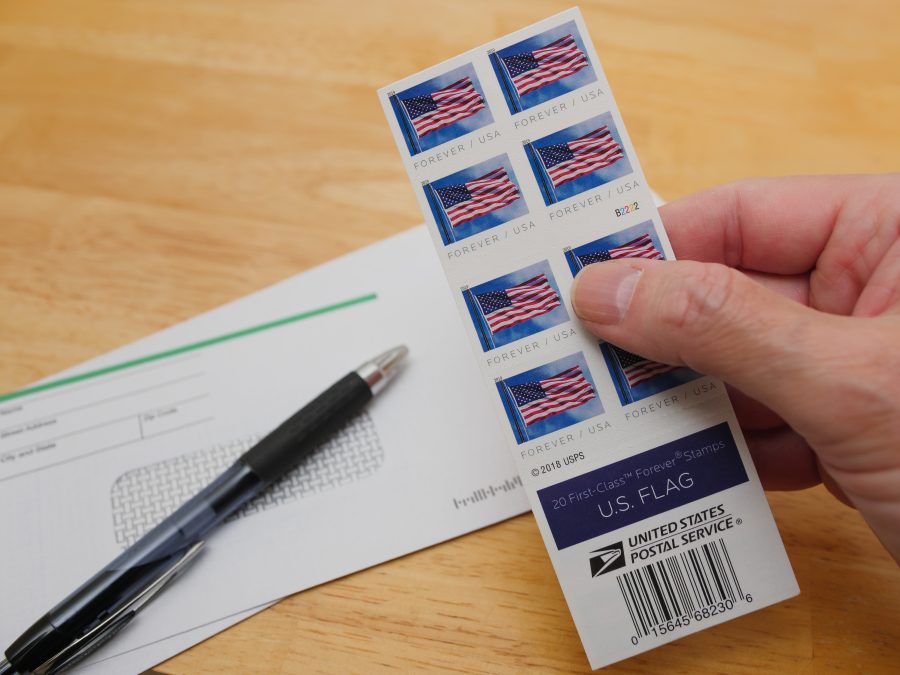
Love Your Heart And It Will Love You Back
February 1, 2024
Influencers: Michael Garcia, MD – Sponsored Content
February 1, 2024It’s Forever Again
It’s Forever time once again, and that means it’s time to ask the very important question: What does “forever” even mean? Does it mean “limitless,” like what the m.p.h. signs in my hometown have never, ever declared? Does it mean “interminable,” like the long series of those Progressive and Geico commercials broadcast every few minutes on television? Does it mean “permanent,” like tattoos, herpes, wedding vows, and the copyright to Mickey Mouse—all of which are bad examples nowadays because they can be removed, prevented, annulled, or expired? Or does it mean “everlasting,” like something Biblical that you can’t definitively know as a mortal being, which doesn’t answer the question anyway?
Consider that John Lennon’s Strawberry Fields orphanage didn’t last forever: It’s now a café and tourist shop. And staying “Forever Young” is simply not physiologically possible, no matter how wishfully Rod Stewart sings it. Even Taylor Swift has second thoughts about the meaning, having dropped not one but a series of songs about “forever.” (Note to Travis Kelce!) And when Luther Vandross (or Heatwave) sings “Always and Forever,” it’s like he (they) have to add the condition “always” as if “forever” may not really mean what we think it means.
What certainly doesn’t seem like forever is the cost of a postage stamp. Beginning late last month, we’ve been paying more for postage. Did you realize that? This wouldn’t be so surprising given that everything else we buy costs more these days. But most stamps don’t show their cost any longer. Instead, they’re deliberately emblazoned with the word “Forever,” which makes you want to believe that stamp prices will remain the same forever. Of course, “forever” is intended to mean that these stamps are useable despite further increases in postal prices. So, despite what our sticky, little, frilly-edged reminders tell us about their own little eternity, their price will certainly not last forever.
The new Forever stamp will cost two cents more. That really doesn’t seem like much. Cost increases are so strategically spaced over time out that we tend to forget what a stamp costs anyway. Do you remember when a stamp changed from 20 to 22 cents? Of course not! The Postal Service has been quietly adding cents here and there to the cost of a stamp now for decades. This way, we are least likely to raise a political fuss and throw the crates overboard. They’re clever in that way, after a lesson learned from a tea party in Boston just over 250 years ago. But since the 21st century began, the cost of postage stamps has been not so quietly hiked 17 times, including twice last year, compared to only 17 times in the previous 100 years.
We’ve been using Forever Stamps now for 16 years, beginning when a stamp cost 41 cents. Back then, thinking I could save money in the long run, I bought a roll of 100 of the very first Forever stamps for $41. And I was a proud, financially smart guy for a year or two. Then, like the Pony Express crossing Wyoming on a horse holiday, inflation slowly outpaced the face value of those sticky, little, frilly-edged things and methodically ate through my tiny investment. When I realized that newer Forever stamps are technically cheaper than the older ones based on Consumer Price Index, I was stuck like a lickable stamp on a paper envelope. What was worse? I realized then that you didn’t have to lick stamps anymore.
The earliest stamp I can remember as a kid depicted Franklin Roosevelt, and it cost just 6 cents. I can remember my mom complaining to the town postman about the sudden rise in cost from 5 cents, as if he had any control over it. (That “Beware of Mom” fence sign didn’t work so well.) And because of such stressful delivery events as rain or snow or dark of night, as well as irate moms, postal workers eventually retire, and when they do they are due, like many of us, retirement packages. But then somebody along the way invented UPS and FedEx and DHL and email, which have so deeply cut into the delivery business and profits that the Postal Service could no longer pay for those contractual retirements—not to mention technological improvements, like development of unlickable stamps. Thus, unbeknownst to most in small town America, like my mom, the Postal Service was slowly losing money for a long period of time. Eventually, to make us feel better, the service began calling their past a “defective pricing model” and reminding us that their prices remain among the most affordable in the world—even at the cost of two or more additional cents every so often.
Because its monetary value is insidiously not printed any longer, I need to continually remind myself what a stamp actually cost. In case you’re wondering, the Forever stamp, which had been 66 cents in the latter half of 2023, is now 68 cents. If you are outraged at this and wish to emigrate, alert friends and family that the international postcard rate has also gone up. And yes, in more ways than one, this has been my two cents. Literally.







